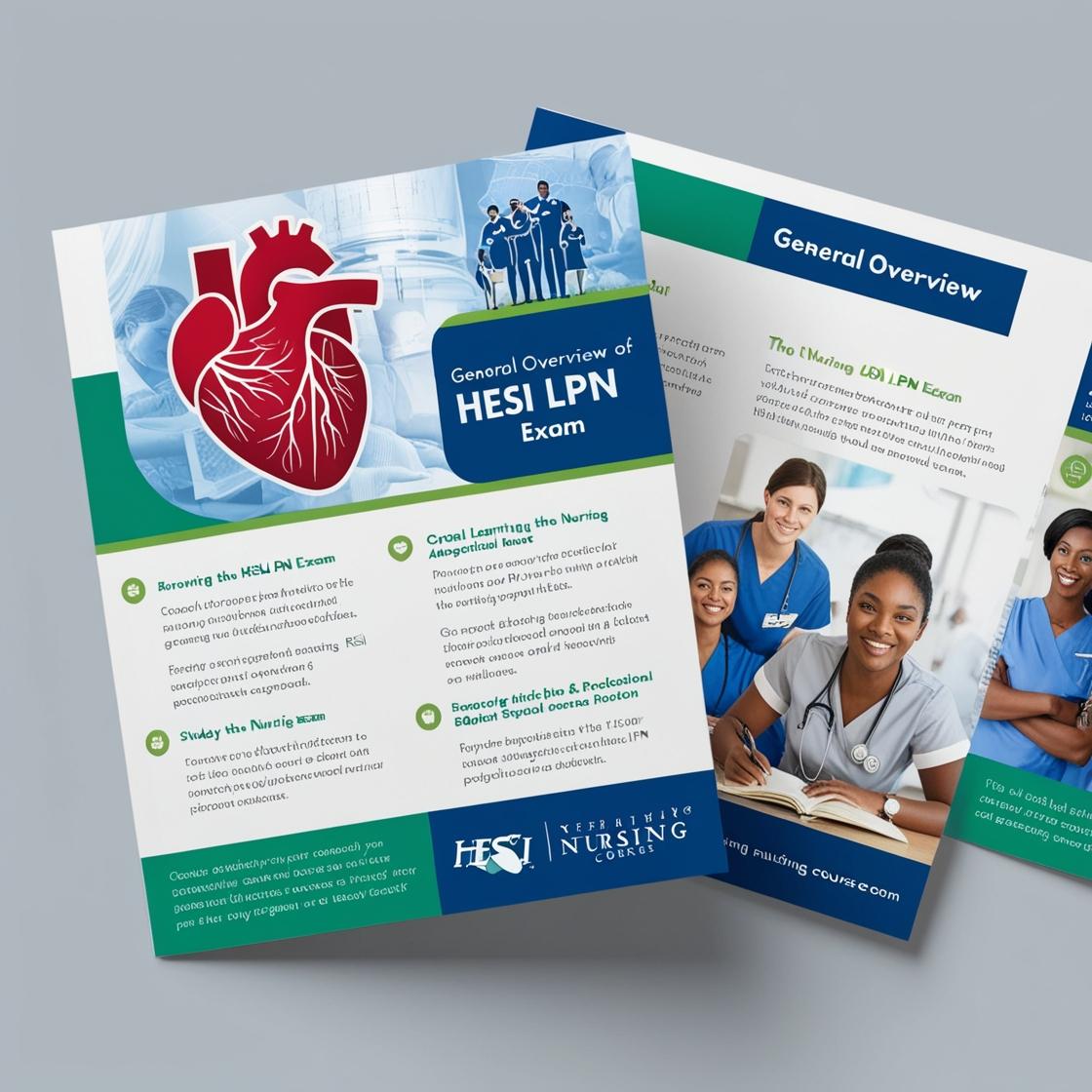HESI LPN
HESI CAT Exam
1. A 2-year-old boy with short bowel syndrome has progressed to receiving enteral feedings only. Today his stools are occurring more frequently and have a more liquid consistency. His temperature is 102.2 °F, and he has vomited twice in the past four hours. Which assessment finding indicates that the child is becoming dehydrated?
- A. Occult blood in the stool
- B. Abdominal distention
- C. Elevated urine specific gravity
- D. Hyperactive bowel sounds
Correct answer: C
Rationale: Elevated urine specific gravity indicates concentrated urine, a sign of dehydration. In this scenario, the child is showing signs of dehydration with increased stool frequency, liquid consistency, fever, and vomiting. Occult blood in the stool may indicate gastrointestinal bleeding but is not a specific sign of dehydration. Abdominal distention can be seen in various conditions and is not a specific indicator of dehydration. Hyperactive bowel sounds can be present in various gastrointestinal conditions but are not directly related to dehydration.
2. Assessment findings of a 3-hour-old newborn include: axillary temperature of 97.7°F, heart rate of 140 beats/minute with a soft murmur, and irregular respiratory rate at 42 breaths/min. Based on these findings, what action should the nurse implement?
- A. Place a pulse oximeter on the heel
- B. Swaddle the infant in a warm blanket
- C. Record the findings on the flow sheet
- D. Check the vital signs in 15 minutes
Correct answer: C
Rationale: The correct action for the nurse to take in this scenario is to record the findings on the flow sheet. The newborn's axillary temperature, heart rate, and respiratory rate are within normal limits for a 3-hour-old newborn. Therefore, there is no immediate need for intervention or further assessment. Swaddling the infant in a warm blanket, placing a pulse oximeter on the heel, or checking the vital signs in 15 minutes are not necessary actions based on the normal assessment findings presented. These actions could potentially disrupt the newborn or lead to unnecessary interventions when the baby is stable.
3. A client is admitted with severe dehydration. What is the most important assessment finding for the nurse to monitor?
- A. Changes in mental status
- B. Urine output and color
- C. Blood pressure and heart rate
- D. Skin turgor
Correct answer: A
Rationale: Changes in mental status are crucial to monitor in a client with severe dehydration. Altered mental status, such as confusion or lethargy, can indicate severe dehydration and potential complications like electrolyte imbalances affecting the brain. Monitoring urine output and color (choice B) is essential but may not provide immediate signs of severe dehydration. While monitoring blood pressure and heart rate (choice C) is important, changes in mental status take precedence as they can indicate more critical conditions. Skin turgor (choice D) is a valuable assessment for dehydration, but changes in mental status take priority due to their direct correlation with severe dehydration.
4. Which techniques should be used to administer an intradermal (ID) injection for a Mantoux test to screen for tuberculosis (TB)? Select all that apply.
- A. Observe for an intradermal bleed after the antigen is injected
- B. Select an ID site using the volar surface of the forearm
- C. Use a 26 or 27-gauge needle with a length of 1/4 to 5/8 inches on a 1 ml calibrated syringe
- D. Ensure that the needle is inserted into the skin with the bevel up
Correct answer: A
Rationale: Observing for an intradermal bleed after the antigen is injected is a proper technique for an ID injection. This is important to confirm the correct placement of the injection. Choice B is correct because the recommended site for an ID injection for a Mantoux test is the volar surface of the forearm. Choice C is incorrect because the standard needle size for an ID injection is usually 26 or 27 gauge with a length of 1/4 to 5/8 inches, not 25 gauge with a length of 1/2 inch. Choice D is incorrect because the needle should be inserted into the skin with the bevel facing up, not down.
5. The nurse is admitting a client from the post-anesthesia unit to the postoperative surgical care unit. Which intervention should the nurse implement first?
- A. Advance to clear liquids as tolerated
- B. Straight catheterization if unable to void
- C. Administer Cefazolin 1 gram IVPQ q6 hours
- D. Obtain a complete blood cell count (CBC) in the morning
Correct answer: B
Rationale: The correct answer is to perform straight catheterization if the client is unable to void. This action is essential to prevent urinary retention and its potential complications following anesthesia. Option A, advancing to clear liquids, is not the priority upon admission as the focus should be on urinary function first. Option C involves administering an antibiotic, which is important but not the immediate priority. Option D, obtaining a CBC, can be done later and is not as crucial as ensuring proper urinary function postoperatively.
Similar Questions

Access More Features
HESI LPN Basic
$69.99/ 30 days
- 50,000 Questions with answers
- All HESI courses Coverage
- 30 days access @ $69.99
HESI LPN Premium
$149.99/ 90 days
- 50,000 Questions with answers
- All HESI courses Coverage
- 30 days access @ $149.99
